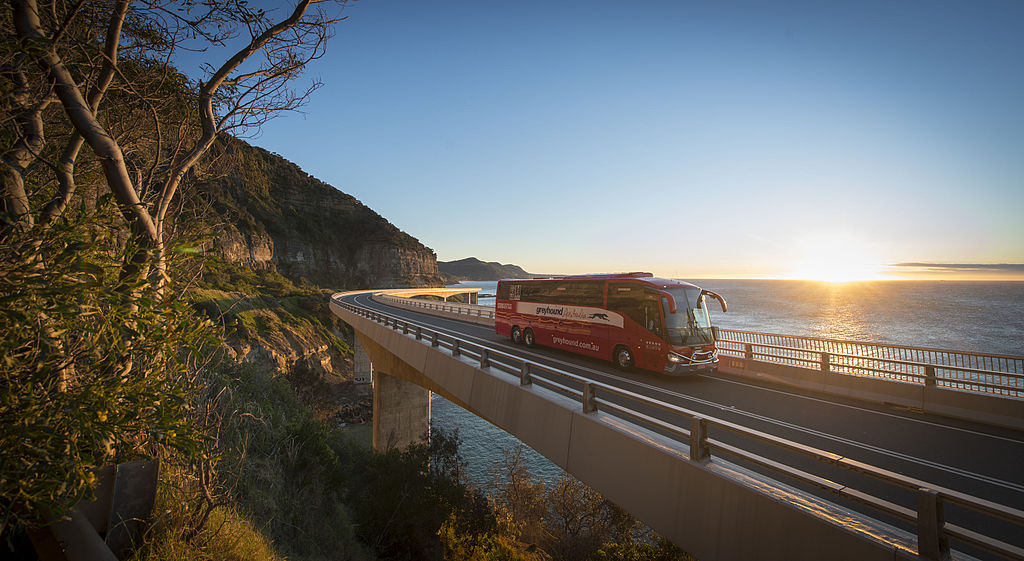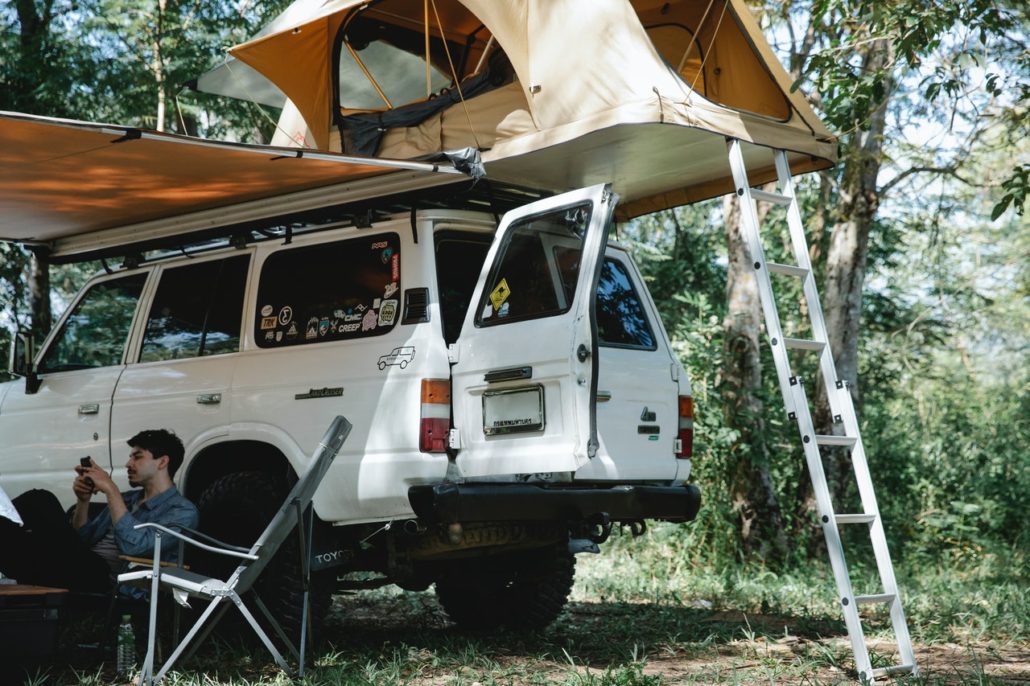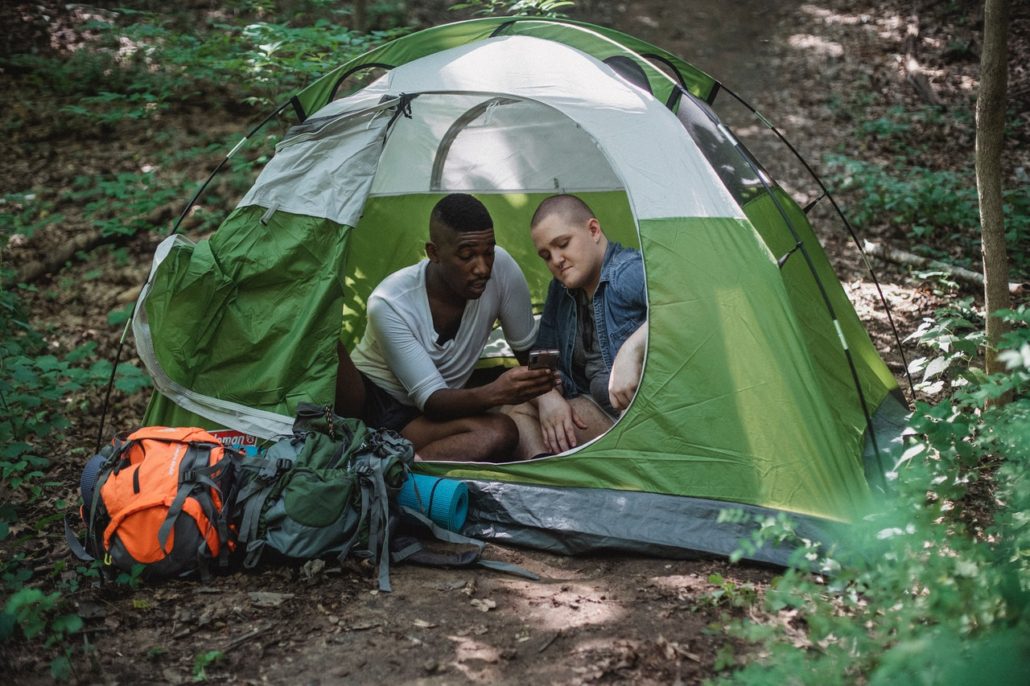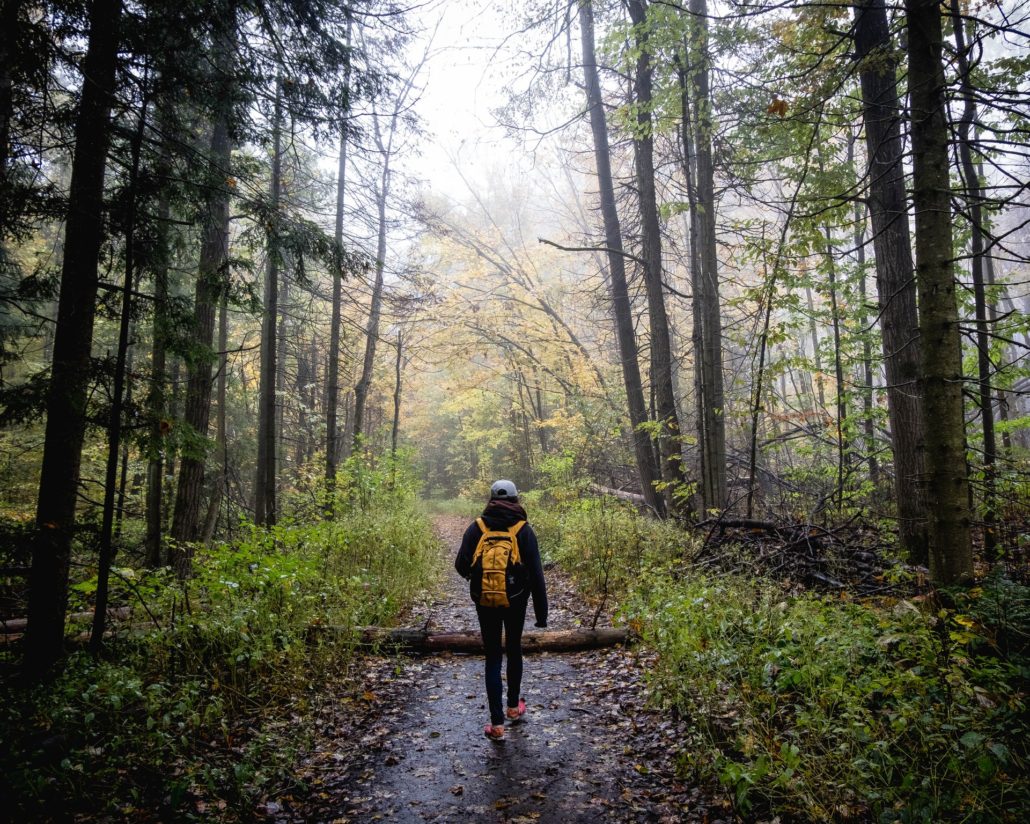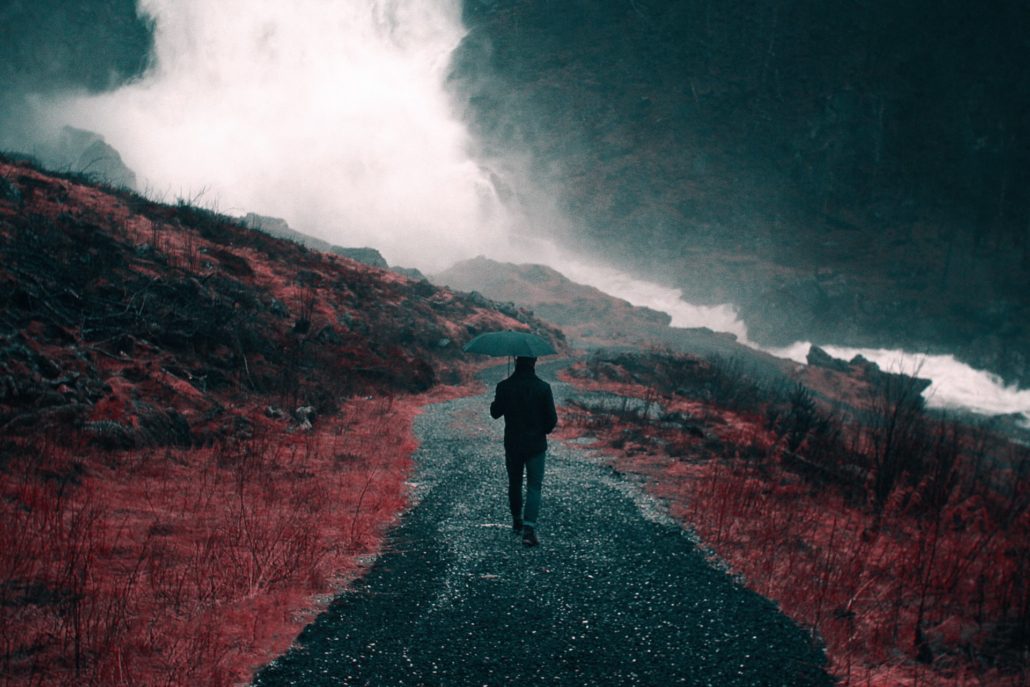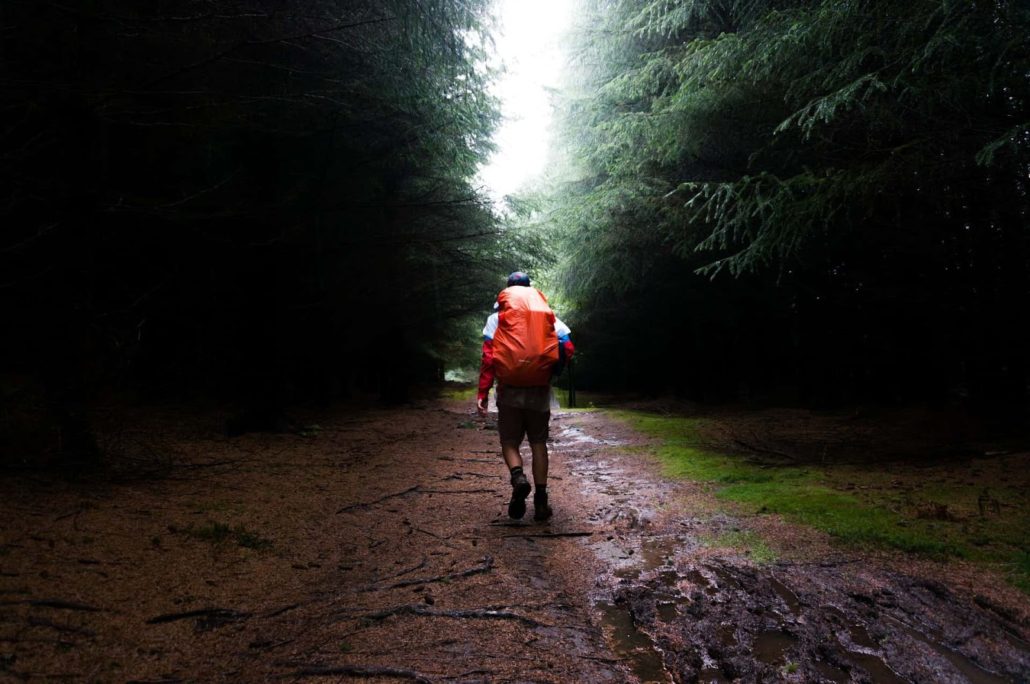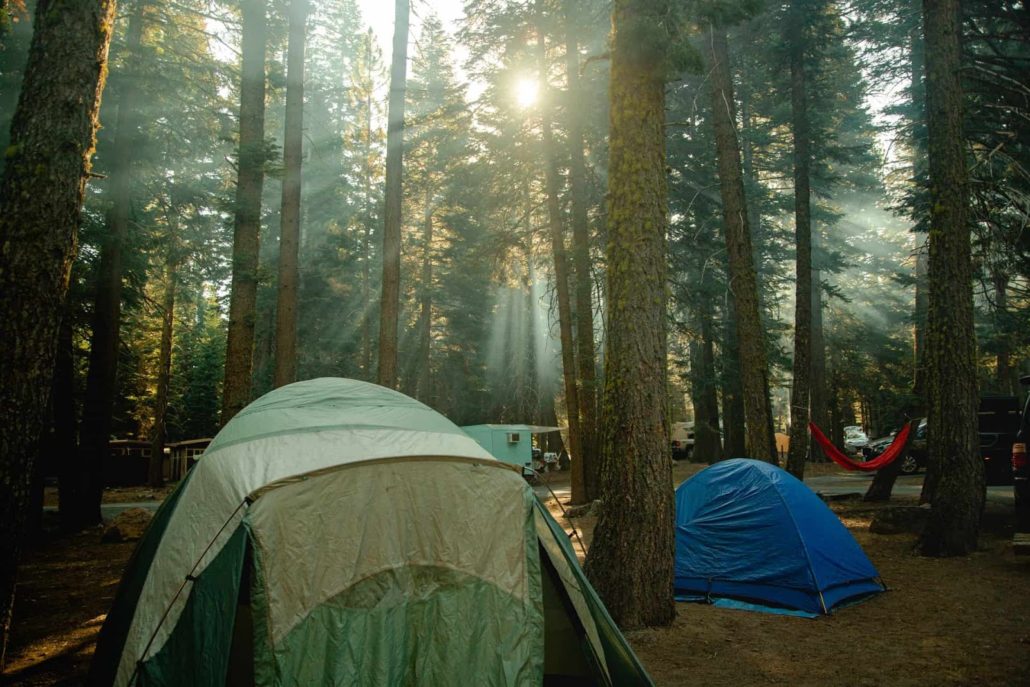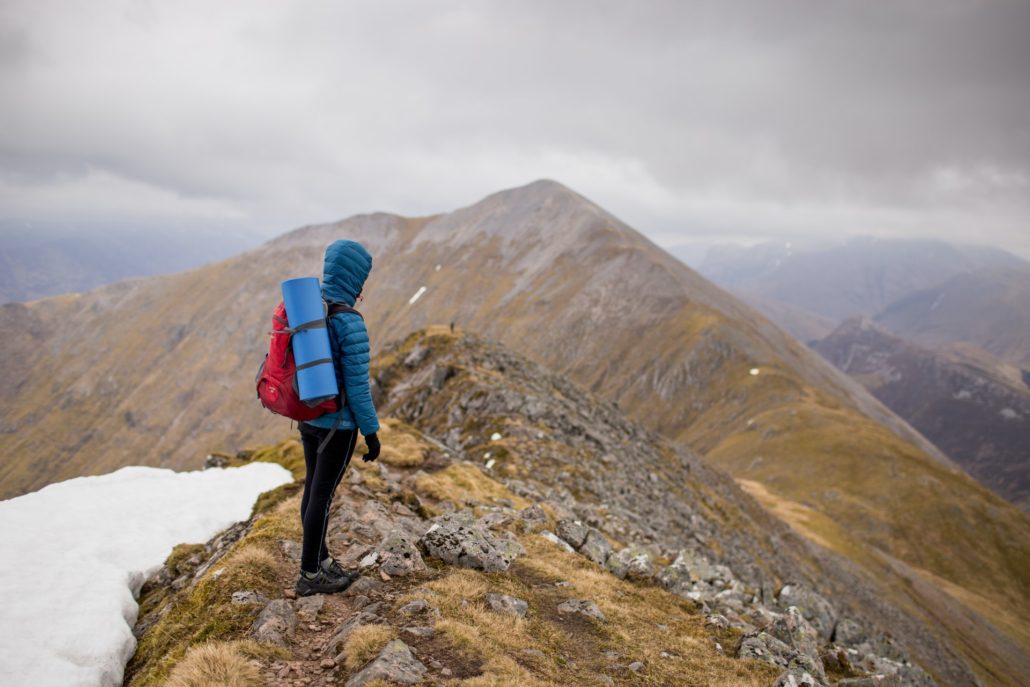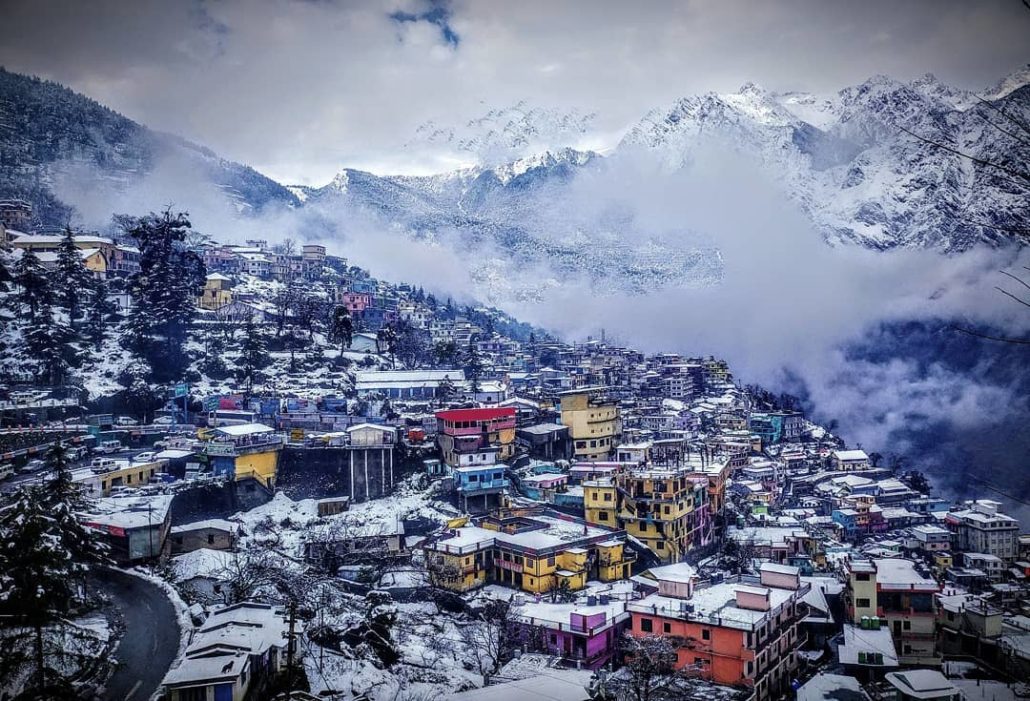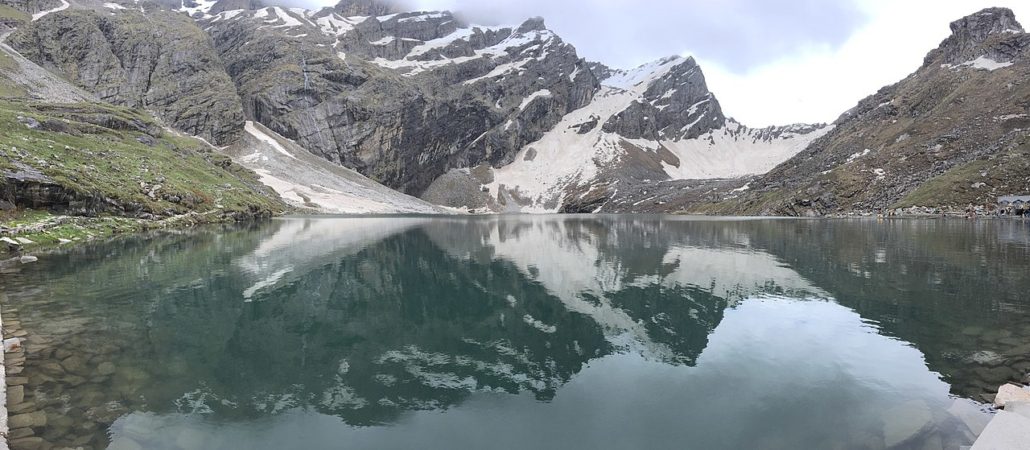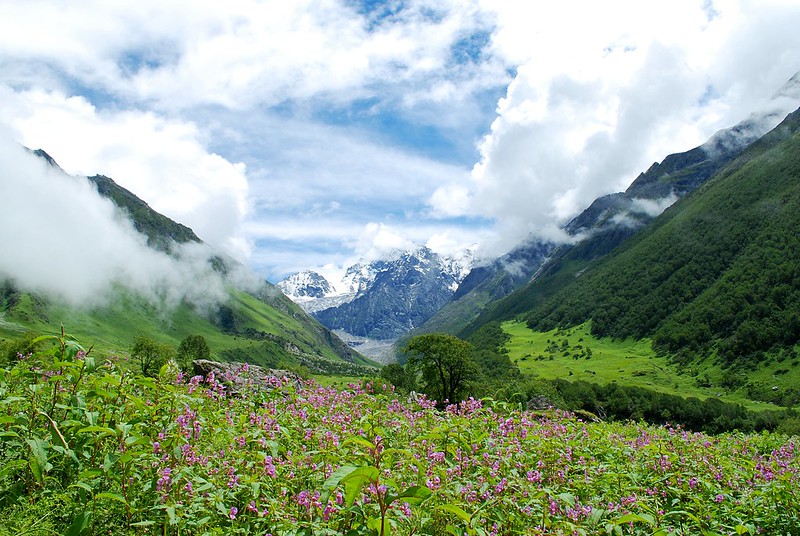If you are looking for a grand adventure, then a well-planned backpacking trip is the best way to find it because there is nothing quite like taking the long trail up a mountainside or through a gorgeous forest. However, while it may seem easy to just buy a backpack and start walking, there are many considerations and things you must do to prepare for a backpacking trip.
We are here to help. Whether you are an experienced hiker or you are just starting out, we have some great tips and pieces of advice that can be lifesavers during your next backpacking trip.
Choosing the Right Backpacking Gear
When starting to prepare for your a backpacking trip, then you will want to take some time to get your body and mind in tip-top shape so you don’t get out there to find out that you weren’t truly prepared.
For starters, you will need to choose the right backpack. If you are planning a long hike, then you will need to buy a pack that has all of the essential elements, including a top-loading design, extra pockets, and a water bladder pocket so you can always stay hydrated. Try on different packs and make sure that it is comfortable because you’ll have it on your back for long periods of time.
As part of your training, you will want to find and purchase shoes or boots that are comfortable and durable enough to last throughout your adventure without falling apart or hurting your feet.
When shopping for boots, make sure to try them on before you buy. You’ll want to find boots that are snug around your entire foot but not too tight, and you should have a little bit of wiggle room for your toes.
You do not want them to be loose, or they could end up hurting your feet. Once you find what you need, wear them during your training.
Physically Preparing for Your Backpacking Trip
Next, you will need to get in shape and prepare your body for the long journey backpacking. You are going to want to practice by walking a lot in the months and/or weeks leading up to your hike.
You will want to aim for at least 10,000 steps a day. Once you get used to the motion, you’ll need to kick it up a notch by walking up and down hills or stairs so you can get your body used to that movement. As a final step, add weight to your backpack and walk with it a lot until you build up your muscles.
Basic First Aid for Your Backpacking Trip
It is important for both new backpackers and seasoned pros to brush up on the common risks and dangers that can occur out on the trail because if you are always prepared and you understand the potential dangers, then backpacking can be a very peaceful endeavor.
For starters, you never know when someone will trip or get hurt in some way, so it is essential to be protective and pack a first aid kit. Your kit should include basic hiking materials, such as gauze, bandages, sanitizer, and sunscreen, along with any necessary medications.
A common threat that can become a reality during a hike is the potential of ticks and other pests. It is important to know how to combat and prevent ticks, which includes wearing long pants, using insect repellant, always staying on the designated trail, and avoiding walking through long grass whenever possible.
Make it a point to stop at regular durations throughout your hike to check for ticks. Always look at the common hiding places, such as the back of the knees, between your legs, and around your waist.
You will want to have a pair of tweezers in your first aid kit, and if you find a tick, use them to pull the head of the pest upward using even pressure. Once you are sure it is removed, clean the area with antiseptic.
Mapping Out Your Plan Ahead of Time
It is also a wise idea to research the trail ahead of time, so you don’t run the risk of getting lost or becoming stressed. If information is available, then get a general idea of the course that your trail will take and always follow all posted signage. Make sure that your phone is fully charged, and bring an extra charger so you can call for help if necessary.
Packing the Right Food to Optimize Nutrition
How you fuel your body before and during the adventure is an incredibly important part of preparing for your backpacking trip, so you have the physical strength to get through your journey. As you prepare for a backpacking trip, make an effort to change your diet and avoid the fast foods and overly sugary treats that can hinder your body and prevent you from enduring extensive periods of activity.
Continue this diet up until the day of the hike. In the morning, make sure that you have a smart and solid breakfast. This is truly the most important meal of the day because by including fruit, dairy, and whole grains, you get the essential nutrients that your body needs, which helps to control your blood sugar levels, manage your weight, and most importantly, provide a natural energy boost to keep you going during the hike. You should bring other nutritious snacks like granola and trail mix so you can stay nourished and energized until the end.
Of course, you also need to drink plenty of water during your expedition. By staying hydrated, you replace the fluids that you flush out by sweating, and drinking water also helps you to stay alert. As a general rule, try to drink a half-liter of water for every hour of walking in moderate temperatures.
As you can see, there is a lot to consider before you head up the trail during your next backpacking expedition. Follow the guidance provided here, and you will stay in great shape during your next adventure.

